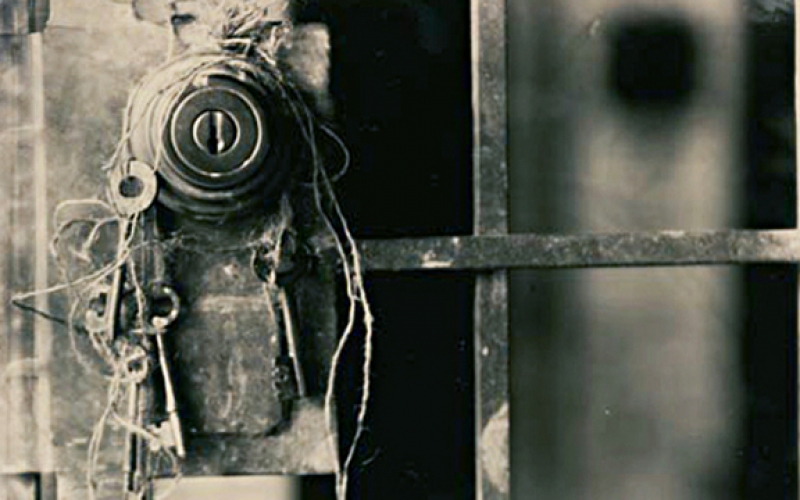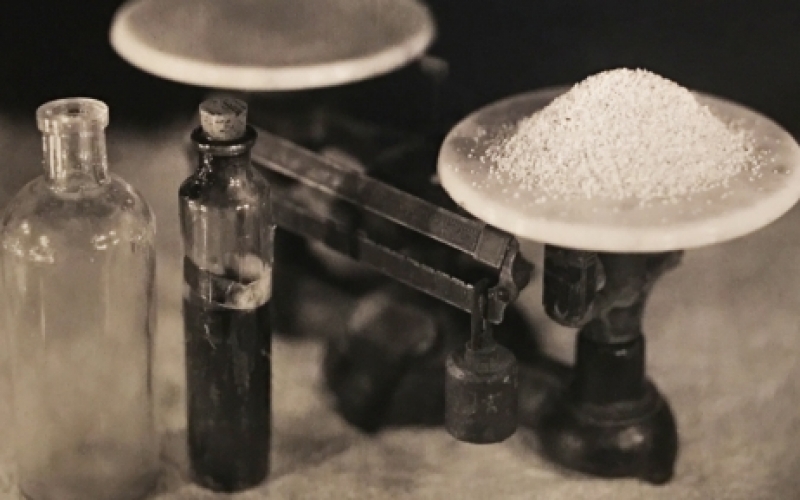Best Practice
Subscribe to RSS FeedDevelopment, Exposure, and Contrast
Over the years since silver halide photography was first discovered, photographers have identified...
Development Time and Contrast
Development time is the control for image contrast in wet plate collodion photography. In this...
Making Ambrotypes
An ambrotype is essentially a tintype on glass. The major difference is in the preparation of the...
Applying Albumen
Here's a technique for applying albumen that's quick and bubble free.
Preparing Glass Plates for Collodion
How to prepare glass for use with collodion films.
Hazards of Over Development
For crisp clean images, avoid excessive development times.
Using a Light Meter with Collodion Film
When we make the reasonable assumption that for daylight conditions, UV light intensity tracks...
Understanding Light and Collodion Exposure
Understand how the quality of light changes throughout the day and seasons, and how best to manage...
Wet-Dry Rack
How to use the LundPhotographics Wet/Dry Rack for holding, storing, or washing (and drying!)...
Standard Lab Practices
A short list of some common lab practices when working with collodion chemistry.
Hand Pouring Developer
Development can be done by applying the developer directly to a hand held plate. Here are some...
Making In-Camera Test Plates
You’ve set up for the first time in a new lighting condition. You're not quite sure what the...












